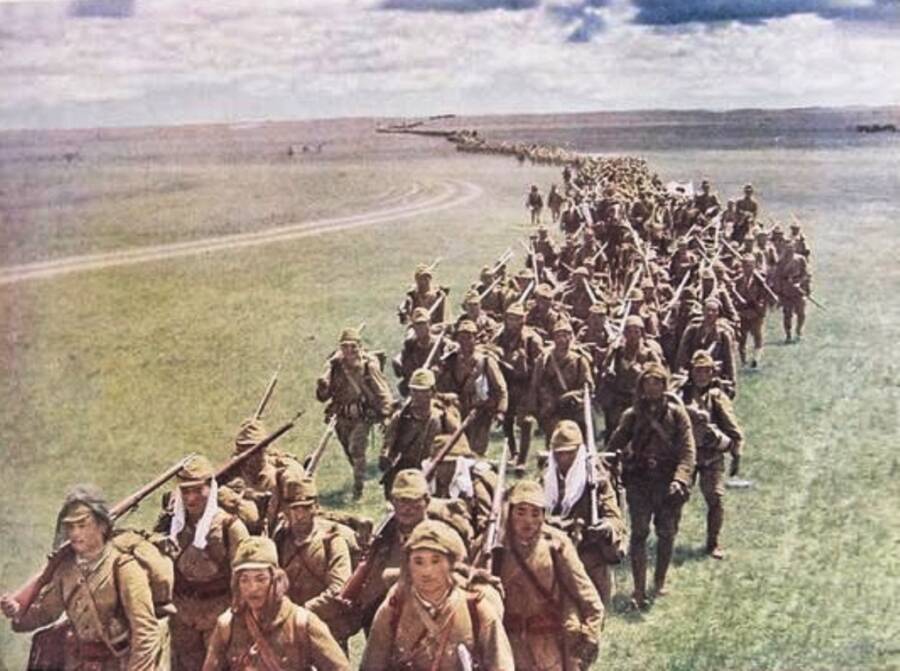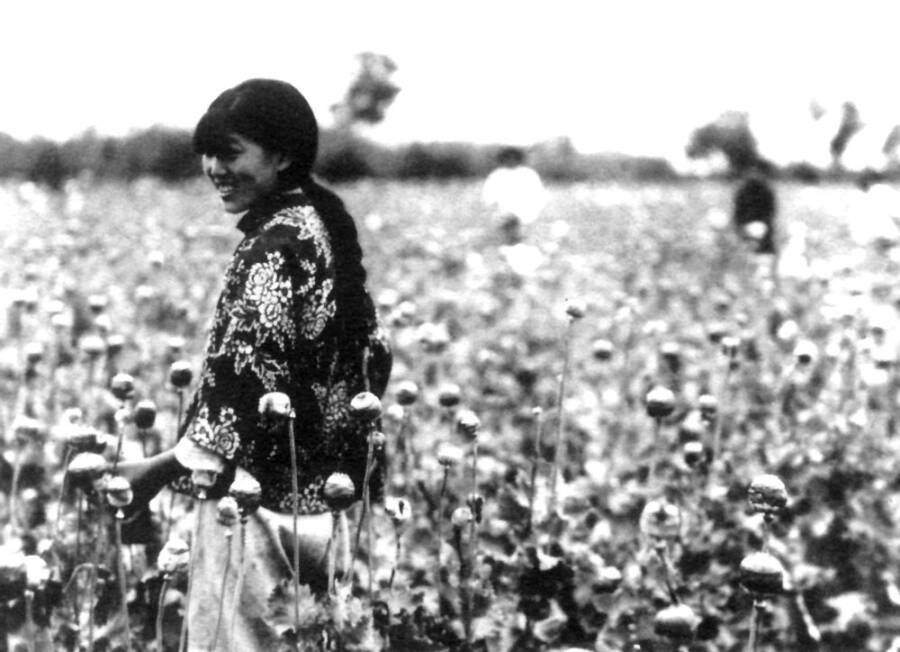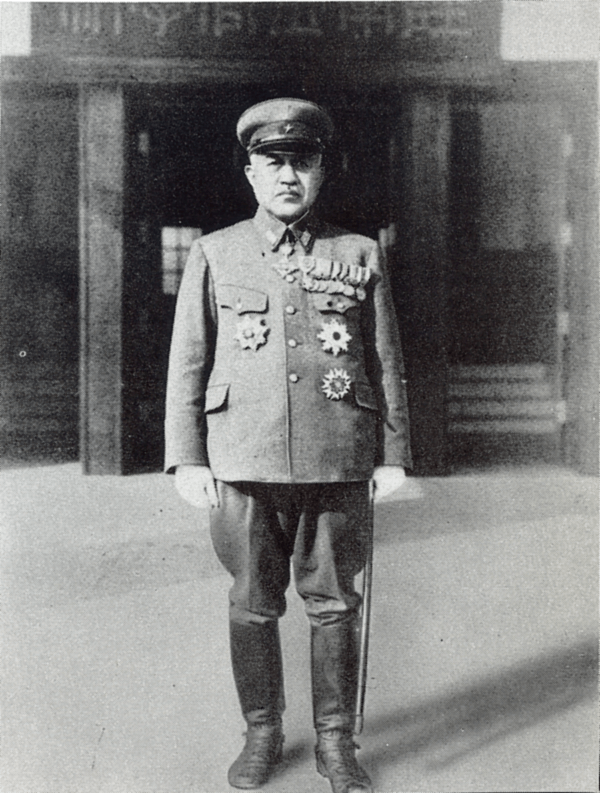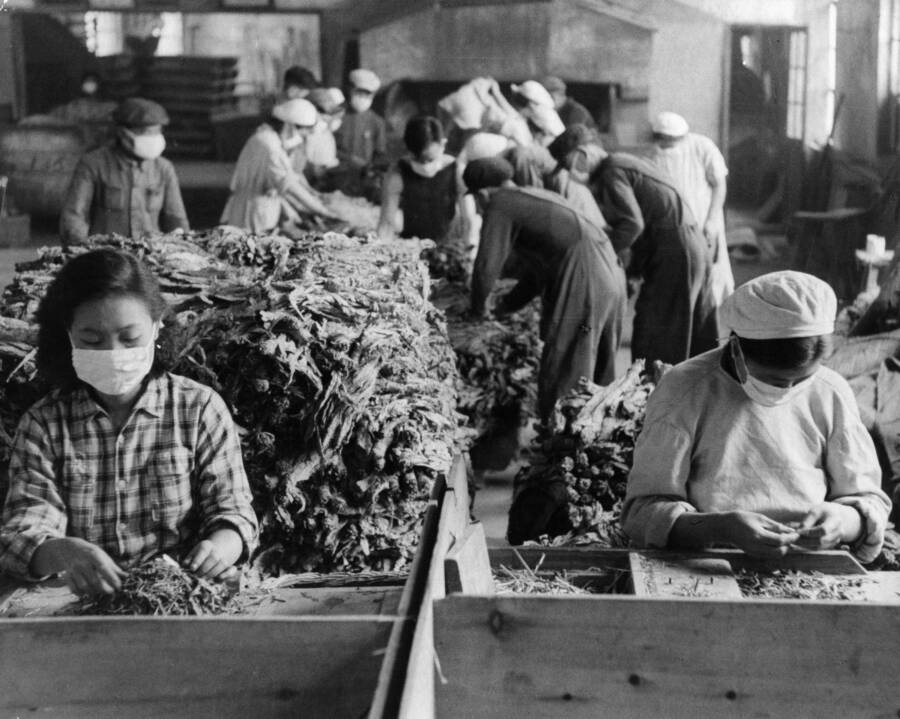How Japan Financed Its Military With Drug Money During World War II
By Morgan Dunn
Published May 6, 2020
After invading Manchuria in 1931, Japan turned much of northeast China into an opium plantation, then used the drug to subdue the population and used the profits to fund its military.

Wikimedia CommonsThe Kwantung Army, the section of the Japanese military largely responsible for creating the country’s puppet state in the Manchuria region of northeast China, marches through Mongolia in 1939.
From the late 1800s to the mid-1900s, Imperial Japan embarked on a decades-long quest to build an empire in the Pacific. After swallowing up Korea, Taiwan, and various surrounding islands, Japan soon set its sights on China.
By the 1920s, China was descending into civil war as bitterly opposed factions vied for power after the country’s last emperor was dethroned.
But maintaining power in a foreign land is always complicated by the likes of rebellions and soaring costs. So Japan turned to one of China’s age-old adversaries to weaken the country’s resistance to occupation while raking in profits to fund their own military: opium.
Here’s how Japan built an opium empire in China and why lingering concerns remain unresolved to this day.
The Japanese Conquest Of China And The Beginnings Of A Drug Empire
After the Imperial Army captured the Manchuria region of northeast China in 1931, Japan’s conquest of its neighboring country had officially begun. Small conflicts then flared up as Japan attempted to expand southward from Manchuria into the rest of China over the next few years.
Finally, in 1937, Japan launched a full-on invasion of China and captured Beijing, Shanghai, and several other large cities that wouldn’t be free until World War II ended with Japan’s defeat. But Manchuria remained under Japanese control longer than any other area.


Wikimedia CommonsJapanese troops march into the Manchurian city of Mukden in September 1931.
In Manchuria, Japan built the puppet state of Manchukuo, which it controlled and exploited through various methods of brutality. And one important method Japan used was building an opium, morphine, and heroin industry designed to get the Chinese subjects addicted and create profits for Japan’s war machine.
Japan had been doing it elsewhere in the Pacific for years, according to international government reports. “Japan is warring on western civilization,” one American official said in 1932, “as shown by the indisputable facts that wherever the Japanese army goes drug traffic follows.”

In China, Japan launched a PR campaign that actively tried to get civilians addicted to drugs, thus ensuring a compliant and docile populace. Meanwhile, key figures in the opiate industry were appointed to Japan’s Imperial cabinet, putting the drug trade almost on par with the Emperor in terms of importance.
The Empire’s immense profits from the sale of heroin and morphine at one point equaled China’s entire annual budget — and Japan put those profits right back into their military forces.
It was a targeted scheme that allowed Japan to maintain brutal control — and it was almost all built on opium.


The Dark History Of Opium In China

Wikimedia CommonsWorkers harvest poppy plants for opium in Manchukuo. Farmers scrape sap from the flowers over several days to produce the tar needed to create opium.
----
The poppy plant is the basic ingredient for both opium itself as well as other opiates like heroin and morphine. When the sap in the seed of the poppy flower is processed, it can be used as a potent painkiller.
Indeed, opium has been cultivated for pain relief since 3400 B.C. Its use in China both medicinally and recreationally dates to at least the seventh century AD.
But it wasn’t until Britain’s forceful introduction of the drug during the Opium Wars in the mid-1900s that it garnered its terrifying reputation across China. During the Opium Wars, Britain manipulated millions of Chinese citizens by getting them hooked on opium, in turn, creating a captive market.
Opium remained the most popular way for Chinese warlords to fund their armies and buy loyalty well into the 1920s. In fact, Zhang Xueliang, Manchuria’s ruler until 1931, was himself an opium addict. Even after he kicked the drug in 1928, he supported his regime with drug money.
And when the Japanese invaded Manchuria in 1931, they quickly started supporting their regime with drug money too.
Japan’s Daring Plan To Conquer Using Narcotics

Wikimedia CommonsKenji Doihara, the Japanese general behind the plot to hook millions of Chinese people on opiates.

General Kenji Doihara belonged to a class of imperialist Japanese men who saw China as the space in which they could carry out all their dreams of martial glory. It was Doihara who decided that Japan should subsidize small Chinese farmers to produce opium.
Opium tar would then be processed into high-grade morphine and heroin in laboratories owned by the Japanese mega-corporation Mitsui for sale throughout Japanese territories as medicine. The idea was taken up enthusiastically and by 1937, 90 percent of the world’s illegal opiates were being produced in Japanese labs.
But Doihara had even bigger plans than this.

The Japanese narcotics industry had two purposes. The first was to generate large amounts of money to pay the huge bills incurred by maintaining an empire while continuing their Pacific expansion.
The second purpose was to soften the will of the Chinese people to resist invasion and occupation, to create a dependent population that wouldn’t rebel for fear of losing its next fix.

Pictorial Parade/Archive Photos/Getty ImagesFactory workers wear surgical masks as they sort through tobacco leaves in a cigarette factory in Chang-Chun, Manchuria.
No comments:
Post a Comment